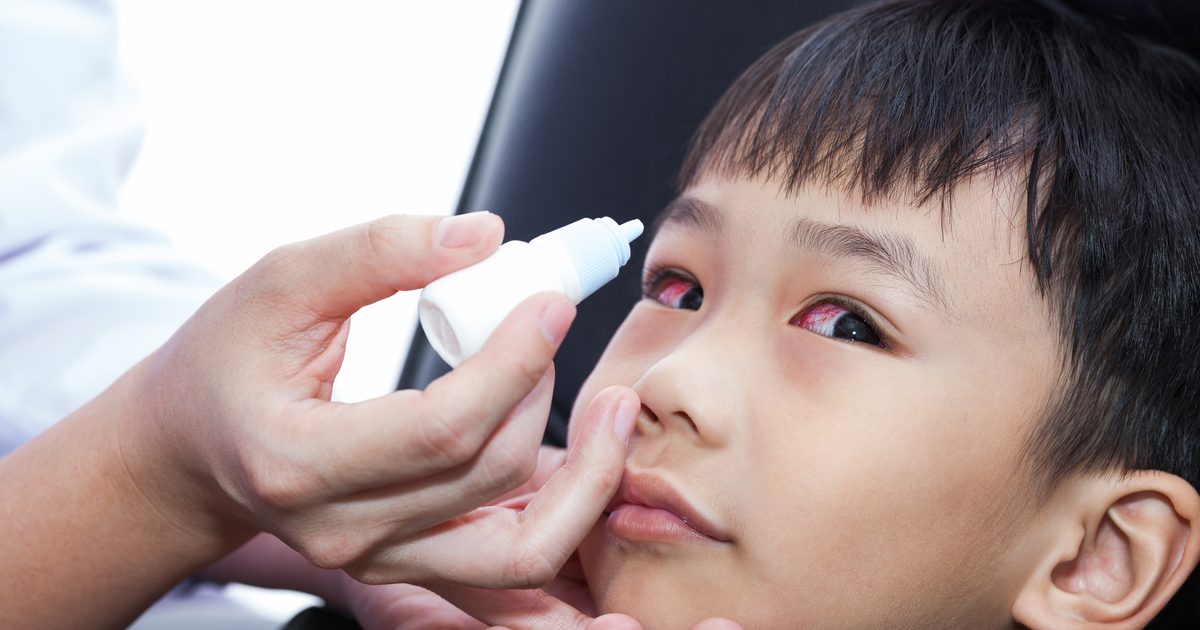Warning Signs Of Kawasaki Disease
Kawasaki disease is a heart disease that involves the inflammation of arteries especially in kids five years old and younger. According to doctors, Kawasaki disease is not contagious, and treatment should begin as soon as the diagnosis is made to avoid any major damage. The disease occurs in three phases, each with different symptoms. In the first phase, the patient experiences a high fever, strawberry tongue, cracked dry lips, pink eye, swollen hands, feet, and lymph nodes as well as a body rash and irritability. The second phase is characterized by abdominal pain and joint pain. In the last phase, the symptoms tend to disappear slowly if major damage did not occur. Get to know the most common warning signs of Kawasaki disease now.
Conjunctivitis

Conjunctivitis, also called pink eye, is the infection of the conjunctiva, the transparent inner surface of the eyelid. The major causes include viruses, bacteria, and pollen or animal allergies. Conjunctivitis can affect one or both eyes and makes them appear red or pink. The eyes might be painful and itchy and might lead the patient to scratch themselves. The infection might lead to more production of tears, or the infected eye can be difficult to open hence it can stay shut. The itching may be more elevated due to allergies. This symptom is contagious and thus can be easily passed from one person to another. Prevention can be dealt through hand washing, but appropriate treatment depends on the underlying issue.
Learn more about the warning signs of Kawasaki disease now.
High Fever

High body temperatures should be handled delicately in all persons regardless of age. The extreme temperatures might lead to febrile seizures if proper measures are not taken. A fever can be identified when there is an increased contraction of muscles and consequently causing a feeling of being cold, tricking the body to produce a lot of heat. Patients who have Kawasaki disease tend to have a high fever of approximately thirty-nine degrees Celsius and can last for around five days. The fever is usually non-responsive to medicines meant to reduce a patient's temperature. Fever occurs in the first phase of Kawasaki disease and is usually a great warning sign to those around the patient and even medical practitioners. Parents are strongly advised to take their children to the hospital the moment they discover the high temperatures.
Continue reading to learn the details about one of the hallmark symptoms of Kawasaki disease now.
